News Desk

Colorado regulators are issuing licenses for providing psychedelic mushrooms and are planning to authorize the state’s first “healing centers,” where the mushrooms can be ingested under supervision, in late spring or early summer.

The mortar, pestle and cutting board in your kitchen are modern versions of manos and metates—ancient cooking implements found in archaeological sites around the world. The latest findings were published last month in the journal American Antiquity.
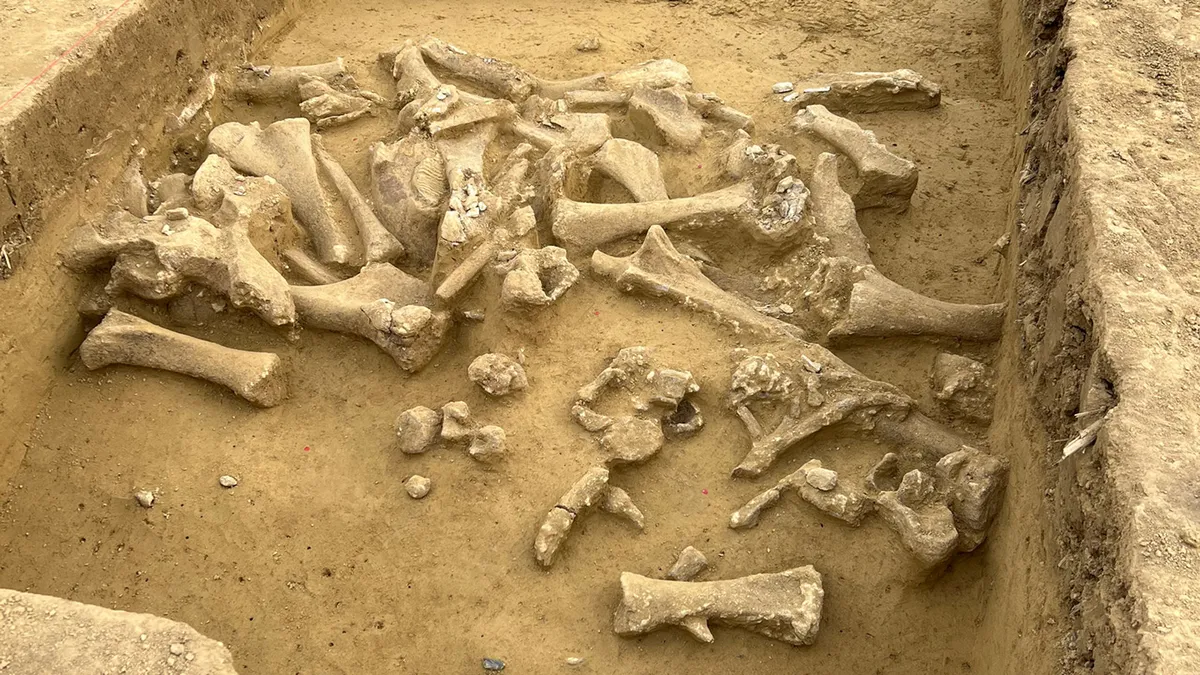
Archaeologists have discovered the remains of at least five woolly mammoths at a site in Austria. The remains suggest that ancient humans processed the mammoths’ ivory tusks 25,000 years ago.

The discovery of bone implements that are the oldest ever found, by far, casts light on human evolution. It shows that our hominin ancestors were able to think about and make this technology a lot earlier than anyone realised. The research was published in Nature.
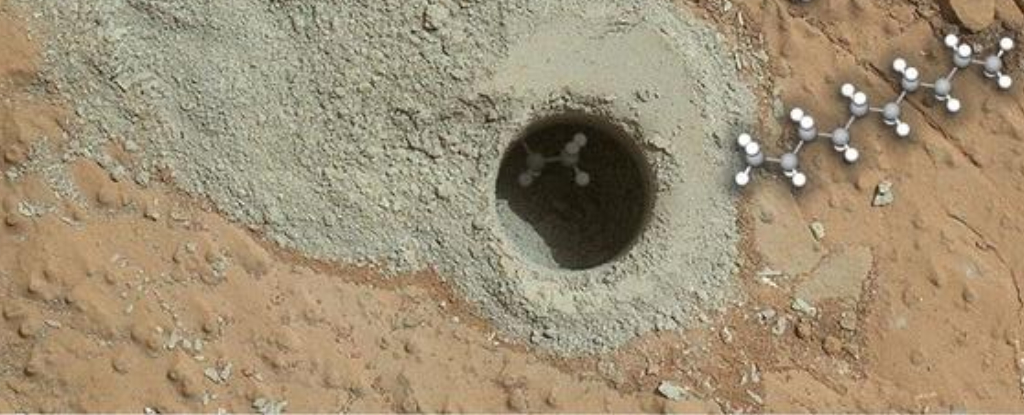
Chains of up to a dozen carbon atoms have been detected in what appears to have been an ancient lakebed on Mars, contributing to a growing library of compounds that could be a vital clue about the history of life on the red planet. This research was published in PNAS.
Papers published in Astronomy & Astrophysics and the Astrophysical Journal suggest astrophysicists need to update their theories on how galaxies evolve.

A team of botanists with members from Muse–Museo delle Scienze, Udzungwa Corridor LTD, Via Grazia Deledda and the National Museum of Kenya has discovered a new species of tree growing in the mountainous rain forests of Tanzania. In their paper published in the journal Phytotaxa, the group describes how and where the tree was found and its characteristics.
In a recent case report published in Frontiers in Immunology, scientists in Canada described how an experimental treatment using a naturally derived substance called ibogaine appeared to improve symptoms and brain health in two individuals with multiple sclerosis.
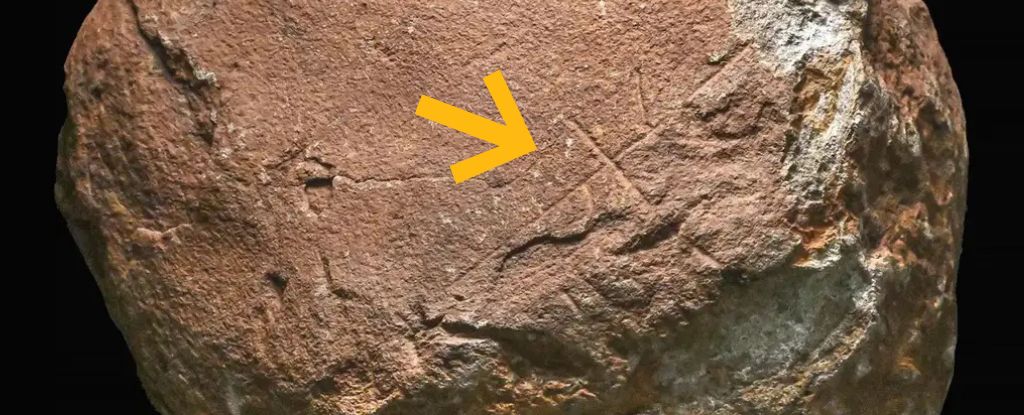
It may look like just another random boulder, but this old Spanish rock bears engraved lines that could be an astounding 200,000 years old, according to government officials.
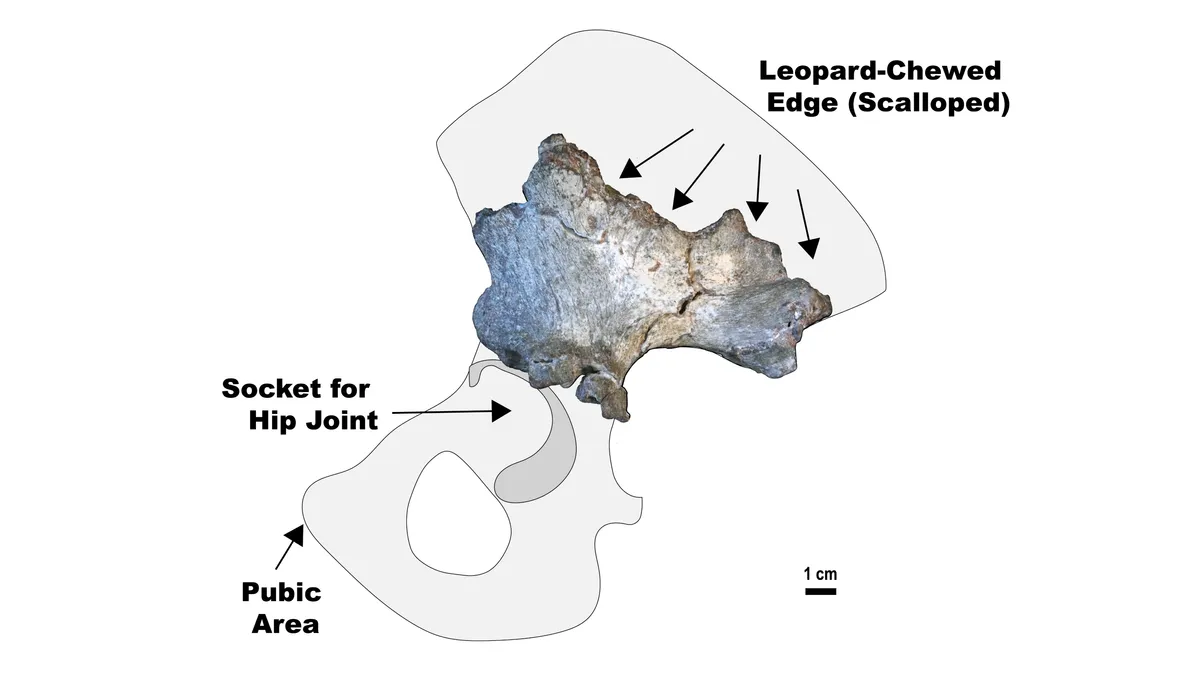
One of the smallest human relatives ever found has been unearthed in South Africa…The researchers described their findings in the April issue of the Journal of Human Evolution.
A team using the Dark Energy Spectroscopic Instrument (DESI) and a supercomputer to try to better understand the mysterious phenomenon known as dark energy, created the largest 3D map of the universe as part of this endeavour. And it has just made this map publicly available.
A new study published in the Journal of Psychopharmacology suggests that intravenous ketamine, when administered in a setting that mirrors psychedelic-assisted therapy, can lead to substantial and sustained reductions in symptoms of post-traumatic stress disorder (PTSD).

A new study by Dr. Margherita Mussi, published in Quaternary International, highlights how naturally occurring basalt spheres may have been used by hominin species as a type of tool for more than 1 million years.
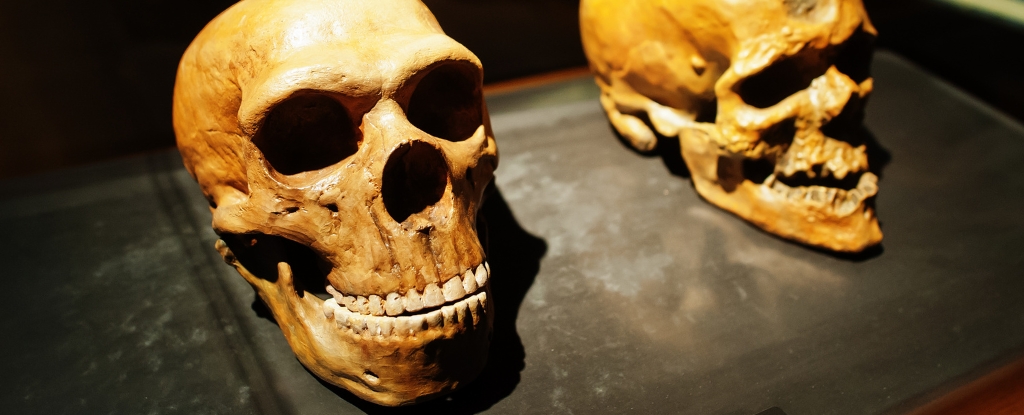
University of Cambridge researchers have now uncovered an estrangement in our family tree, which began with a population separation 1.5 million years ago and a reconciliation just 300,000 years ago. The research was published in Nature Genetics.

Few plants are more celebrated in Egyptian mythology than the blue lotus, a stunning water lily that stars in some of archaeology’s most significant discoveries.

Near the local storefronts lies the site of an excavation that unearthed stone tools from 150,000 years ago—the earliest sign ever of humans inhabiting a tropical forest…”The results represent the oldest yet known clear association between humans and this habitat type,” they wrote in their paper, published in the journal Nature last month after years of research.








